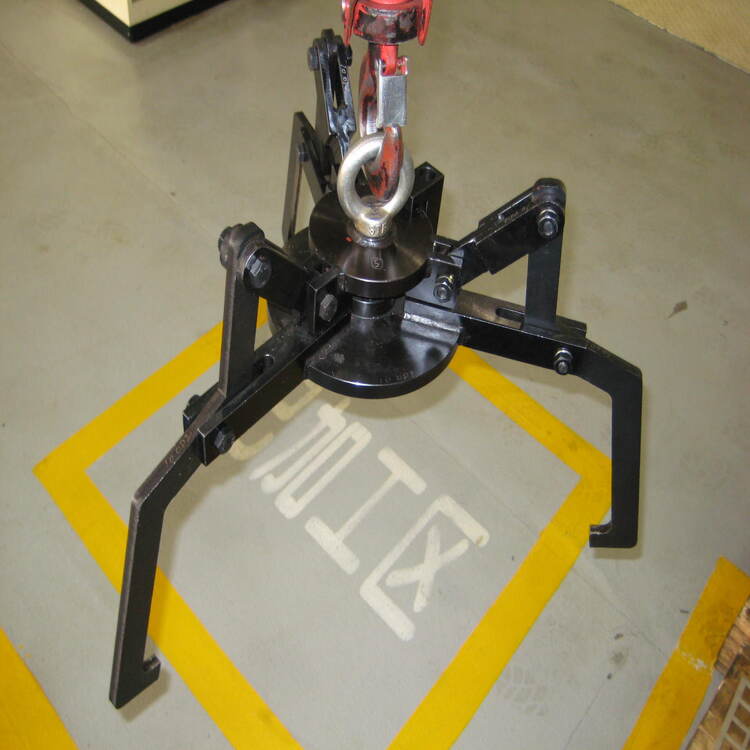
When dealing with bearing ring handling on the shop floor, precision and stability are your top priorities. Improper positioning and insecure fixation often lead to assembly delays and potential quality hazards. This guide walks you through four crucial steps used by technicians in high-load industrial settings like wind turbine gearbox assembly and large electric motor maintenance to help you enhance your operational efficiency and reduce human error.
Before any lifting or moving, meticulously inspect your fixtures and clamps for wear, deformation, or looseness. Using high-strength alloy steel clamps offers superior durability and stability but requires routine checks to prevent unexpected failures.
Expert Tip: “Routine fixture inspections can reduce equipment-related downtime by up to 25%. Always replace damaged components immediately to guarantee safe load handling.” – Industrial Safety Analyst
Position the bearing ring so its center of gravity aligns precisely with the lifting points. Misalignment causes unwanted tilting and swinging, increasing the risk of damage.
| Common Mistake | Effect | Solution |
|---|---|---|
| Off-center grip | Excessive swinging and misalignment | Adjust clamps to balance load |
| Uneven weight distribution | Increased risk of dropping | Use counterweights or auxiliary supports |

Use visual markers such as color-coded tapes or laser guides on both the bearing ring and the mounting surface. This simple but effective method aids rapid recognition of correct placement, minimizing guesswork during multi-step assemblies.
Industry-standard guidelines recommend marking tolerance zones within ±2 mm to ensure functional alignment — a critical factor in ensuring system longevity in applications such as wind gearboxes.

Effective communication and role clarity among operators significantly reduce loading errors. One person controls the lifting tool; another monitors alignment marks, while a third guides final seating. Such teamwork aligns with the “steady, accurate, fast” principle, boosting process throughput by approximately 15-20% based on field studies.
Establishing standard operating procedures (SOPs) with briefings before lifts ensures everyone understands their responsibilities and safety protocols.

Following these four steps with the support of high-strength alloy steel lifting tools will empower you to position bearing rings more securely, faster, and more accurately — directly translating to safer operations and higher assembly quality.
Pair Up with Our High-Strength Alloy Steel Lifting Tools for Effortless Precision and Firm Fixation

